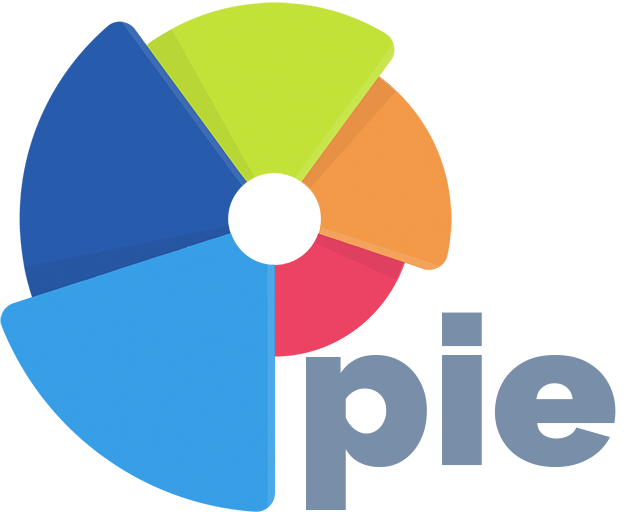Credentialing for Independent and Startup Providers
Solo and starting from scratch? Whether you're launching your own practice or working independently, this guide explains how to handle credentialing the right way—from payor selection to timelines and common pitfalls.

How to Get In-Network—And Why the Best Time to Start Is Now
If you’re launching your own practice or striking out as a solo provider, you already know credentialing is the key to getting paid—and staying open. Maybe you’ve tried to tackle it yourself, maybe you’ve researched every forum and Facebook group, or maybe you’re just tired of hearing “it takes time.” One thing’s for sure: you need to get in-network, and you need it to happen as quickly (and cheaply) as possible.
But before you jump in, ask yourself: have you ever actually been enrolled with insurance before, or are you truly familiar with the credentialing process? Many providers coming from large practices never had to deal with it directly—someone else handled the paperwork, and you were shielded from the messy realities. Or maybe you have a vague idea of what credentialing involves, but not the full picture. Either way, credentialing isn’t just a bureaucratic hurdle—it’s a critical business step that directly impacts your ability to bill, get reimbursed, and keep your doors open.
If credentialing is delayed or mishandled, it’s not just a matter of missing a paycheck. It can mean months of lost revenue, denied claims, and—if you’re not careful—putting your entire business at risk. That’s why picking the right approach and the right partner (if you use one) makes all the difference in the world.
The Best Time to Start Credentialing? Right Now.
Credentialing is notorious for taking longer than anyone expects. Most payers take 60–120 days to process applications, and some can take even longer. The sooner you start, the sooner you’ll be able to see patients and bill insurance. Waiting—even a few weeks—can mean months of lost revenue, rescheduled appointments, and a cash flow crunch that’s hard to recover from.
Just like the old saying about planting a tree, the best time to start credentialing was yesterday. The second-best time is right now.
Why Even Smart, Resourceful Providers Get Tripped Up
If you’ve never been through it before, credentialing seems straightforward—just paperwork, right? But the reality is more complicated:
- Every payer has its own process, forms, and timelines. One missing detail can send your application to the bottom of the pile.
- Requirements change constantly. What worked for your colleague last year might not work now.
- Google can’t always keep up, and “knowing a guy” doesn’t guarantee you’ll avoid red tape.
- Even the most organized provider can get stuck in cycles of follow-up, corrections, and waiting for responses.
That’s why so many new practices get burned: they underestimate the process, trust the lowest bidder, or assume they can “back bill” once they’re approved (spoiler: you usually can’t).
What Actually Works: Getting Credentialed Without Regret
If you want to get in-network as quickly and painlessly as possible, here’s what matters most:
Start by gathering every required document—licenses, malpractice insurance, CV, tax ID, NPI, and a complete CAQH profile—before you submit anything. Stay organized and track every application, following up regularly. Don’t expect payers to notify you if something’s missing. Be realistic: most payers take two to four months. Anyone promising “instant” results is selling you a myth.
If you hire a credentialing service, vet them carefully. Ask about their process, who does the work, and how you’ll get updates. Demand transparency and references. Don’t just go by price; the cheapest option can end up being the most expensive if you have to redo the work or wait months for a response.
If you’re doing it yourself, block out time each week for credentialing tasks and stay on top of every step. If you’re hiring, invest in a partner who’s honest about timelines, responsive to your questions, and has a track record with solo and startup providers.
Why Delays Hurt So Much—And How to Avoid Them
Every day you’re not in-network is a day you’re not getting paid. Delays in credentialing can mean thousands in lost revenue, frustrated patients, and a rocky start for your new practice. Most payers won’t let you “back bill” for services provided before your effective date, so waiting to start can leave you with months of unpaid work.
The best way to avoid these pitfalls? Start now, stay organized, and don’t cut corners. Credentialing is an investment in your practice’s future—not just a box to check.
If You’re Considering Outside Help
It’s natural to be dubious about outsourcing, especially when every dollar matters. But a good credentialing partner can save you time, reduce errors, and get you in-network faster—often paying for themselves in the revenue you’ll earn by seeing patients sooner. Before you choose a service, make sure you:
- Ask for references from other solo or startup providers.
- Understand exactly what’s included (and what’s not).
- Get clear, honest answers about timelines and costs.
- See how they stack up against the competition—check out our Best Credentialing Services article for a smart vetting checklist and questions to ask.
Final Thoughts
Credentialing isn’t just paperwork—it’s the lifeline that connects your practice to revenue, patient care, and long-term survival. If you’re reading this, you’re probably smart, resourceful, and ready to get moving. You don’t need a lecture—you need a clear path and honest answers.
The best time to start credentialing is right now. Whether you go it alone or bring in help, do it with your eyes open. Ask tough questions, demand transparency, and don’t be afraid to invest in doing it right the first time. If you want a partner who’s seen every credentialing scenario and knows how to keep your launch on track, we’re here to help.
For step-by-step guides, real-world checklists, and credentialing support designed for independent providers, visit our blog and support portal. And if you’re ready to compare your options, check out our Best Credentialing Services hub to see how to vet partners and avoid costly surprises.




Comments ()